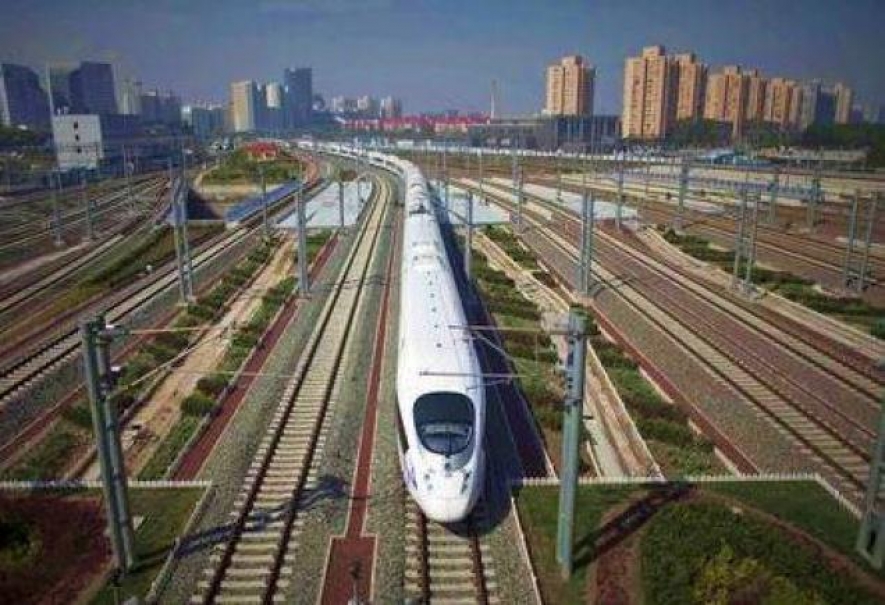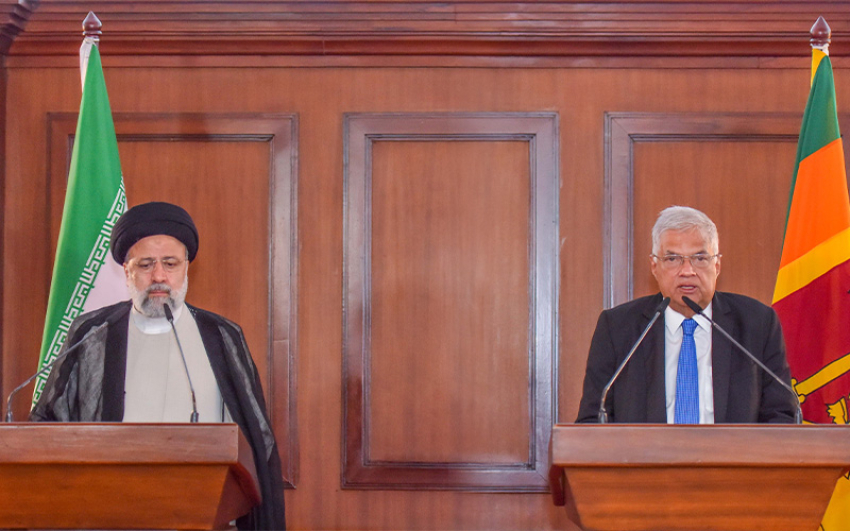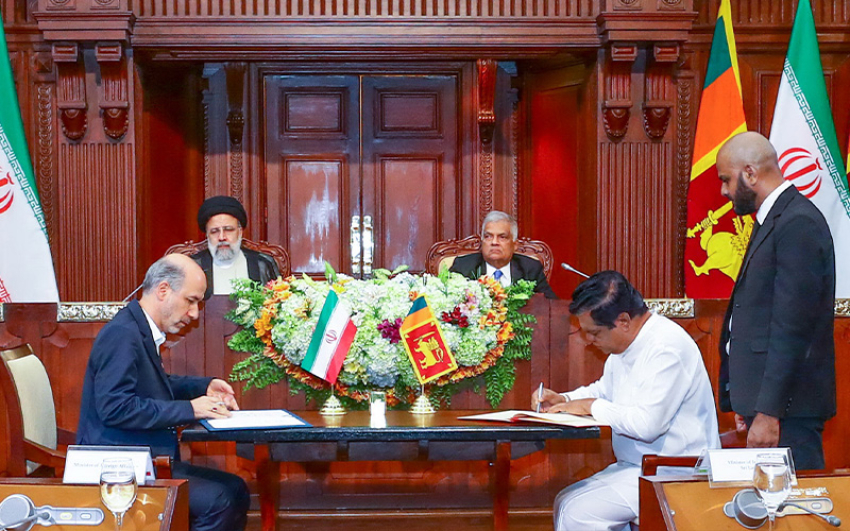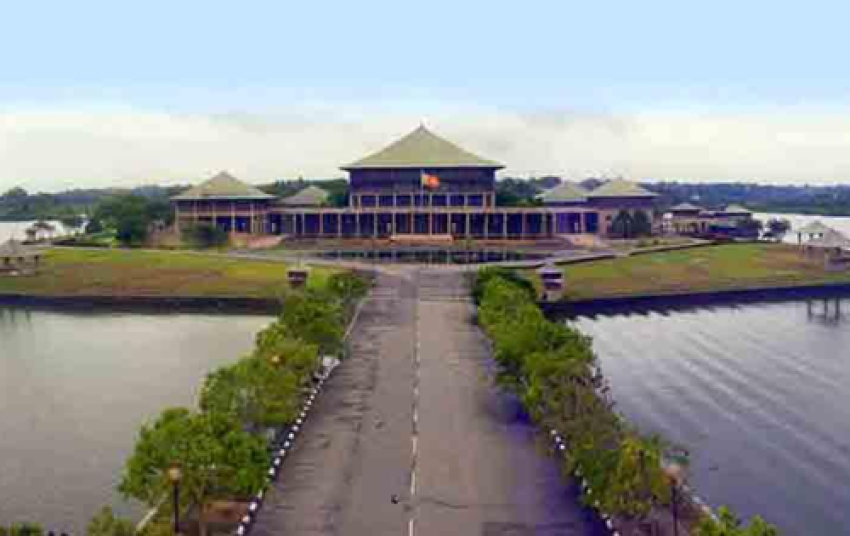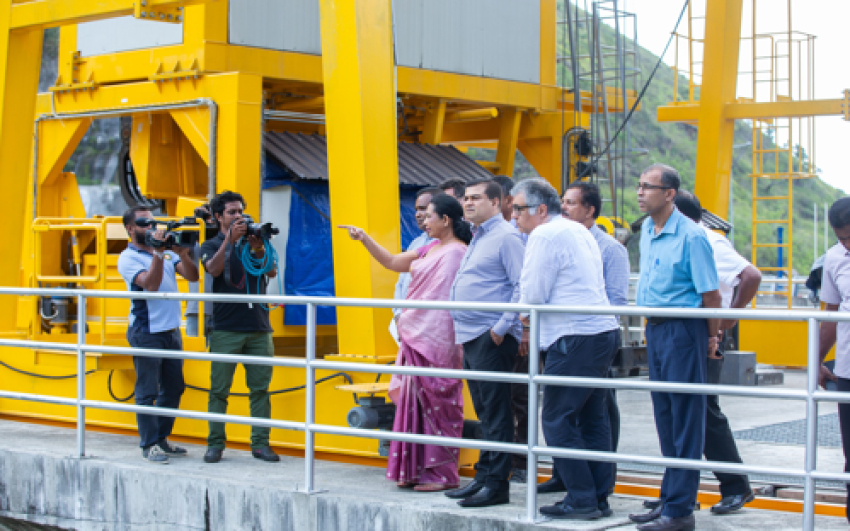Last week, China decided to set up an undisclosed number of shore based nuclear power plants, lifting the bar on new ventures, that was imposed in the aftermath of the March 2011 Fukushima nuclear disaster in Japan. The London based World Nuclear News website is reporting that days after the Fukushima accident, China’s State Council decided to halt approvals and licencing for new reactors until a safety plan was in place, The Hindu reported. It also sought assurances that existing plants were adequately designed, sited, protected and managed. Li Pumin, the spokesman of the National Development and Reform Commission (NDRC), China's top economic planner, announced that all projects will comply with the highest international security standards.
Currently China runs 21 nuclear power reactors, generating 19,095 MW of power. An additional 27 units are under construction, which would yield around 30,000 MW of electricity, when completed.
Yet, it is estimated that China would need to set up another 13 reactors, if it is to meet its 2020 target of generating 58 gigawatts of atomic power.
The post-Fukushima drive for nuclear energy has been significantly spurred by the clean-energy target set by President Xi Ping, who had announced that China is focusing on peaking its emissions by 2030, before its carbon footprint begins to slide.
Nuclear power generation has come into sharper focus, because of some of the problems that China has recently encountered with renewables. Last year, China, the world’s largest producer of wind energy and solar power, was unable to utilise 11 percent of wind power capacity, because of grid problems.
A study by researchers at Tsinghua University has also advocated that China needs to stress on nuclear energy on account of environmental considerations. “After 2030 if there is not support for a large scale increase in new nuclear plants, the speed of energy structure adjustment will slow, which means the use of fossil energy will increase and the peak in CO2 emissions will be delayed by five to 10 years,” the report titled, China and the New Climate Economy observed.
Buoyed by its successes in developing relatively cheaper, but first rate, high-speed trains, Chinese planners are now looking at replicating that experience in the field of nuclear exports. A magazine article published by the China National Nuclear Corporation (CNNC), proposed structural changes, capped by the formation of a new state-run investment company that would steer investments in overseas nuclear power projects.
Last month, the China Nuclear Engineering Corporation (CNECC) and the China General Nuclear Power Group (CGN) have been given a go-ahead to jointly develop the home-grown Hualong One power plant. Its developers say that the plant has exciting export potential, especially in the Global South. On December 4, China and South Africa signed a financing framework agreement for the construction of a new nuclear power plant in South Africa, as well as an agreement on nuclear personnel training.
On Wednesday, CGN is hoping to raise $ 3.16 billion U.S. dollars from its Initial Public Offering (IPO) in Hong Kong—a move that underscores the growing confidence among Chinese companies to raise their domestic nuclear profile and compete in overseas markets.(KH)

